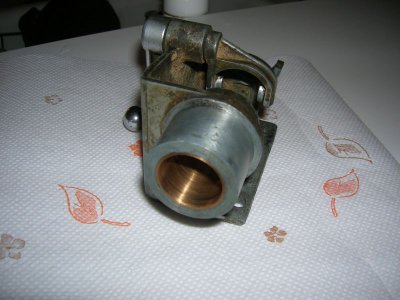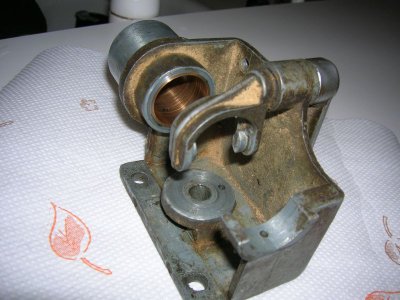- Joined
- Oct 11, 2013
- Messages
- 90
Greetings to All;
I just discovered that the bronze bearing in my reverse gearbox is worn (and loose)...probably should not run the machine in this condition. I did not see a post for this repair (pressing old bearing out, and new one in). I did see a few Ebay posts for used gearboxes at the princely sum of $200 or more.
Has anyone made this repair, and if so what was the source of the bearing material? Thanks in advance!
Lou O.
I just discovered that the bronze bearing in my reverse gearbox is worn (and loose)...probably should not run the machine in this condition. I did not see a post for this repair (pressing old bearing out, and new one in). I did see a few Ebay posts for used gearboxes at the princely sum of $200 or more.
Has anyone made this repair, and if so what was the source of the bearing material? Thanks in advance!
Lou O.



